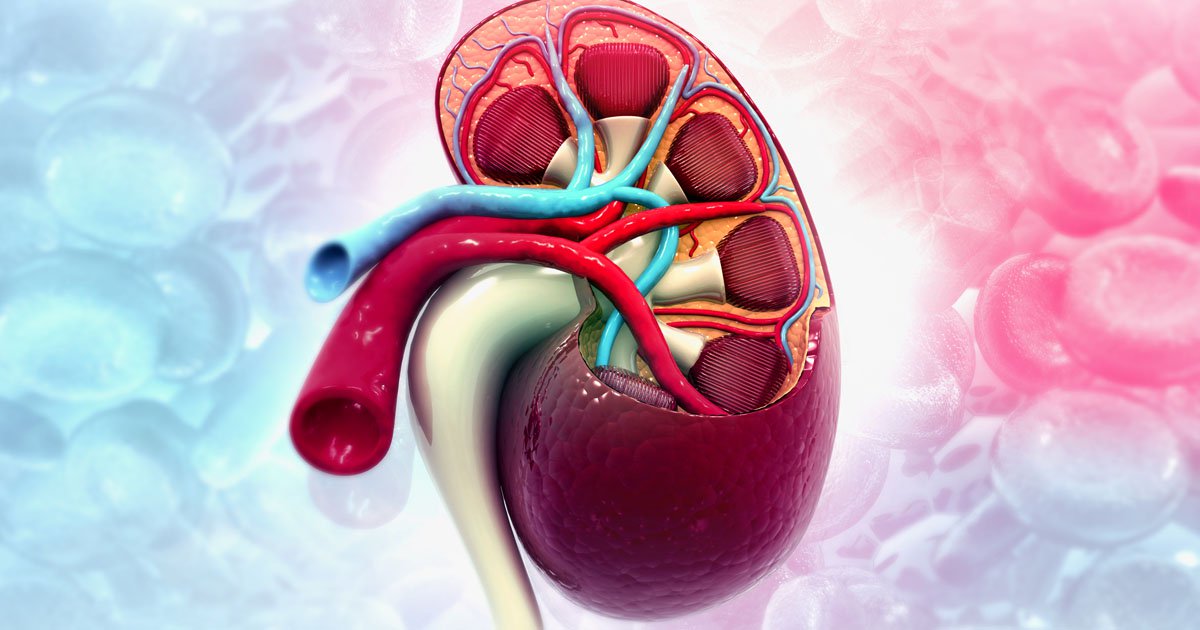Kidneys are vital organs in our body that perform many important functions such as filtering waste and excess fluid from the blood. Maintaining healthy kidneys is crucial for overall well-being. Traditionally, kidney function was assessed through measures like glomerular filtration rate (GFR) and urine analysis. However, new renal biomarkers are emerging as more sensitive and specific tools for evaluating early kidney damage and risk of disease progression.
What are Renal Biomarkers?
A renal biomarker refers to any substance found in blood, urine or other body fluids that indicates the presence or severity of kidney disease. When the kidneys are injured or under stress, they release higher than normal levels of these biomarkers into circulation. Some common renal biomarkers currently used in clinical practice include:
– Serum Creatinine: Long considered the gold standard for assessing kidney function, elevated levels indicate reduced GFR. However, it is not a very sensitive marker of early kidney injury.
– Cystatin C: A cysteine protease inhibitor produced by all nucleated cells. It is filtered by the glomeruli and reabsorbed and catabolized by the proximal tubular cells. It has been shown to be a more sensitive marker of GFR than serum creatinine, especially at higher GFR levels.
– Neutrophil Gelatinase-Associated Lipocalin (NGAL): A protein produced by neutrophils and epithelial cells in response to inflammation or kidney damage. Elevated levels in blood and urine are seen very early after acute kidney injury (AKI), sometimes within 2 hours, making it a very useful early marker.
– Kidney Injury Molecule 1 (KIM-1): A transmembrane protein that is strongly upregulated by damaged proximal tubule cells after AKI. Urine KIM-1 levels correlate well with the severity and recovery from AKI.
The Role of New Renal Biomarkers
Detecting Early Kidney Damage
While creatinine and GFR are good indicators of overall kidney function, they do not reliably detect mild or moderate loss of kidney cells until a substantial amount of damage has already occurred. This is where newer biomarkers like NGAL, KIM-1, and liver-type fatty acid binding protein (L-FABP) provide an advantage. They can identify even subtle kidney tubular injury days or weeks before a rise in creatinine. This early detection allows for timely intervention that may help prevent further deterioration of kidney function.
Predicting Progression of Chronic Kidney Disease
For patients with chronic kidney disease (CKD), Renal Biomarkers help predict which cases will progress more rapidly to end-stage renal disease requiring dialysis. Studies show that in addition to estimating GFR, measuring urine biomarkers like albumin, NAG, KIM-1 and NGAL can better stratify risk of CKD progression compared to using GFR alone. This personalized risk assessment aids in selecting patients who will benefit most from aggressive Medical management
Assessing Response to Therapy
Monitoring changes in specific renal biomarkers also provides a method to gauge how well a patient is responding to treatment for various kidney conditions like glomerulonephritis or diabetic nephropathy. Faster normalization of biomarkers like NGAL after initiation of therapy indicates resolution of kidney injury and a good treatment response. On the other hand, persistently elevated levels despite treatment may point to residual kidney damage posing a higher risk of adverse outcomes.
Detecting Drug-Induced Kidney Injury
Novel urinary biomarkers offer potential for detecting nephrotoxicity caused by certain medicines at a pre-clinical stage, before development of azotemia. Studies of contrast-induced AKI found that elevations in urinary KIM-1, IL-18 and L-FABP preceded creatinine changes, allowing warning of impending injury. Monitoring these biomarkers during clinical trials of new drugs may help identify potential renal toxicity earlier.
Interpreting Renal Biomarker Results
While renal biomarkers provide valuable insights, some considerations must be kept in mind regarding result interpretation. Levels can vary based on non-renal factors like age, gender, race, BMI, diet and exercise levels. Assay characteristics like detection limits and coefficient of variation also affect accuracy. In addition, any single biomarker may lack both sensitivity and specificity to reliably identify all causes of kidney damage.
*Note:
1. Source: Coherent Market Insights, Public sources, Desk research
2. We have leveraged AI tools to mine information and compile it



